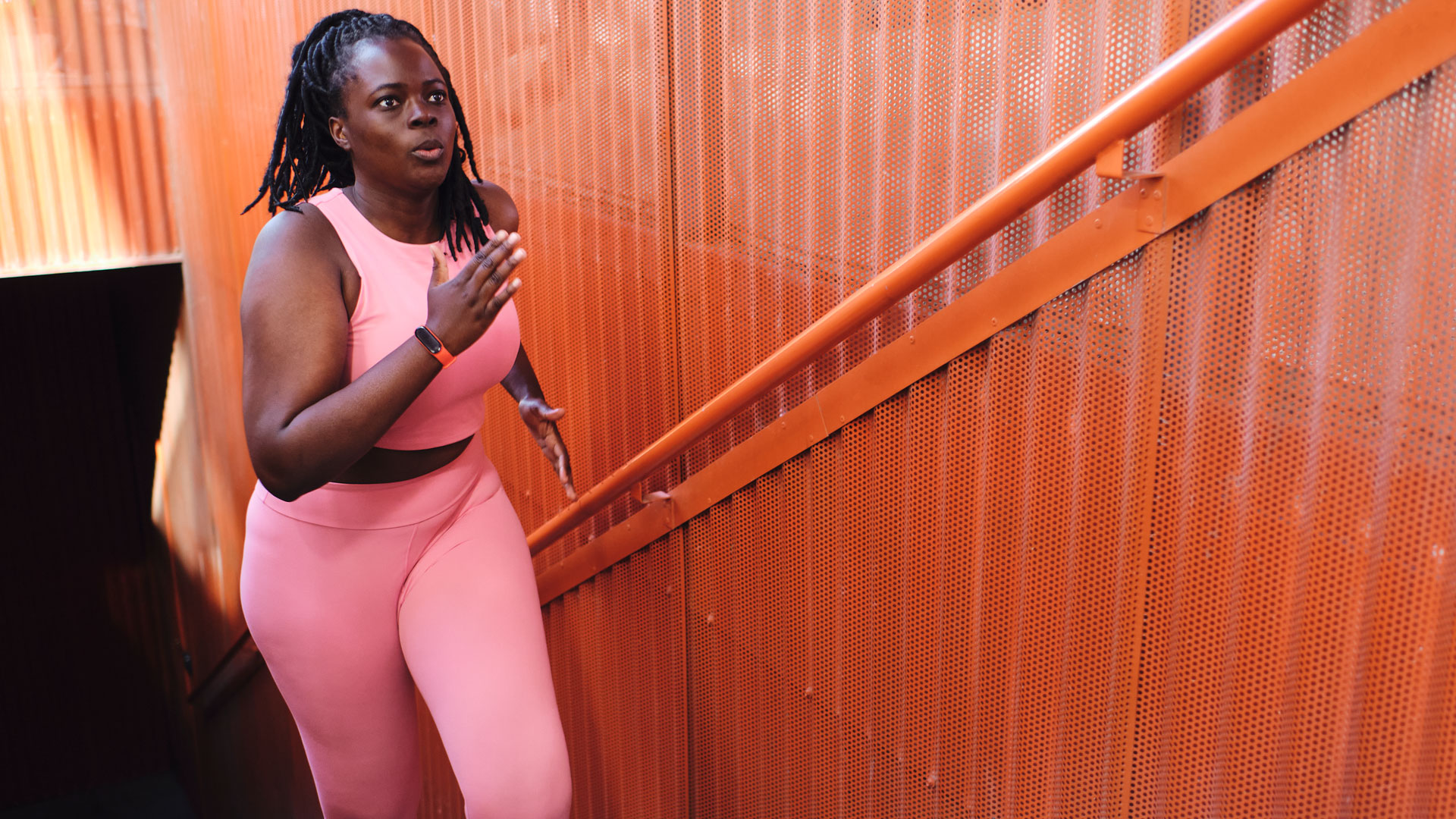How to run faster: beat your personal best with these pro tips
Want to know how to run faster? We give you the techniques to improve your running times


Sometimes it can be difficult to know how to run faster. You keep going out for regular runs but your times don't seem to be improving. You may start to plateau or even find yourself getting slower.
This is where smart training comes in. To run faster you need to incorporate variety into your training runs. Running the same route over and over again won't make you faster.
But don't worry - because you can get faster. Here we set out the techniques to introduce to your runs and explain exactly how to run faster. With the help of two running coaches, we look at the different types of runs to build into your program and the role that diet and rest play.
And remember, having the right footwear can also reap dividends so make sure you check out the best running shoes for women or the best running shoes for men.
How to run faster: what you need to know
The great thing about the running community is its diversity. Runners come in different shapes and sizes and have different techniques, paces and abilities. If committed and motivated, all runners can run faster, says running coach Louis Barnes.
Everyone is capable of running faster but before firming up your goals, it’s important that they are realistic. If your current 5k personal best is 32 minutes, is it realistic that you can achieve a sub-25-minute 5k in a month's time? Probably not.
Barnes calls this the "stretch goal". He says there is nothing wrong with setting these, however, if we push too hard, too soon to achieve this, we run the risk of injury, mental burn out, and falling far short of the goal which ultimately leads to decreased motivation.
Get the Fit&Well Newsletter
Start your week with achievable workout ideas, health tips and wellbeing advice in your inbox.
"Small wins keep you on track and keep you motivated to achieve that stretch goal. This could be performance-related, such as running a 5k in 31.30, or they could be process-related, such as warming up properly, including drills, or completing regular strength and conditioning work," says Barnes.
But how do we make these small wins when it comes to speed?

Simply put, to run faster we must introduce new stresses to our body, says Barnes. This is also referred to as overload. Overload can be achieved by following the FIT formula:
Frequency
Intensity
Time/duration
By increasing any of these three factors we are training the body to adapt. For example, we can increase the frequency, intensity, and duration of interval repetitions in order to gradually get the body used to running faster.
Finally, we must recover properly and allow our bodies to adapt to the new stresses we are putting them through.
Barnes says that before adding speed to your training, it’s important to develop a strong aerobic foundation. A good marker is to spend a minimum of four weeks building up your endurance before introducing speed if you are a new runner or returning from injury.
"While it’s important to remain consistent with your speed work, it’s of equal importance to maintain those easy miles and long slow runs as these will help aid recovery and reduce the risk of injury," adds Barnes.
How to run faster: top tips
Picking up your running pace doesn’t happen overnight, but with a bit of planning and focusing on fine-tuning your body, you can build up and boost your speed for long-term gains.
Using these seven tips recommended by running coach and personal trainer Sam Jolly will mean that in a matter of weeks you’ll notice not only are your feet turning over much faster, but you’re able to run harder for longer.
1) Slow your long runs down
It might sound counterintuitive but slow the pace right down when going out for your weekend long run. Doing this increases the rate at which you produce mitochondria (the energy your body uses), raises red blood cell production (putting more oxygen in your bloodstream), and puts less pressure on the joints. This means that there’s more energy stored in your bloodstream allowing you to keep your body going for longer.
2) Do interval training appropriate to your running goals
If you’re looking to improve your 5k time, then you will need to add short sharp intervals of up to 1km to your training. Run these intervals hard and give yourself a shorter rest time. Interval training conditions your body to run at a hard pace over longer periods. The short rests in between intervals mean that your heart never gets back down to a resting rate, increasing your oxygen efficiency. Over time, you’ll notice improved performance in high-intensity training.
3) Include tempo runs
A tempo run is a steady, prolonged run at a certain pace for a pre-determined period of time. For example, if you’re training for a sub 20 minute 5k you need to train your body to run at four-minute kilometers or 6.26-minute miles. Doing tempo runs lets your body know what this pace feels like. It also increases your lactate threshold, the point at which your muscles start to ache and you get that burning sensation, enabling you to go harder for longer.

4) The 80:20 rule
Don’t overdo it. Doing too many hard sessions a week will deplete your muscles, not giving them time to recover and will make you prone to injury. Apply the ratio of 80:20 to your training, where 20% of your runs are hard and demanding and 80% are easier, focusing on either stamina-building or recovery.
5) Work to a plan
Having a decent running plan keeps your training on track and helps you monitor your progress. Aim for a plan that gives you a gentle progression through the week, so that come race day you’re fit and ready to smash your personal best. Most plans come in eight week bursts or what’s known as a mesocycle. Allow yourself two weeks of recovery after all your intense training and your legs will be ready to go.
6) Give yourself time to recover
Resting is as important as running if you want to pick up your speed. If you train every day, your muscles will never get time to recover. The rest and recovery phase is vital, it’s through this that your body makes all of its adaptations and becomes stronger and more efficient. Make sure you’re getting enough sleep and having down time away from focused training. Also, throw in a day of stretching to help with any aches your muscles may be experiencing.
7) Eat well
Having a balanced diet is the foundation of healthy, speedy running – it’s the fuel that keeps you going. Include foods with complex carbohydrates like brown rice and sweet potato to keep your body energized and protein-rich foods like chicken and avocado to facilitate muscle repair.
Lily Canter is a freelance money, health and lifestyle journalist with more than 20 years' experience. She writes about fitness for Runner's World and Trail Running magazines and focuses on personal finance for Yahoo! Finance UK, Metro, The Guardian, and the Mail on Sunday. In her spare time she is an ultra-runner, canicrosser and running coach. She also co-hosts the award-winning podcast Freelancing for Journalists.